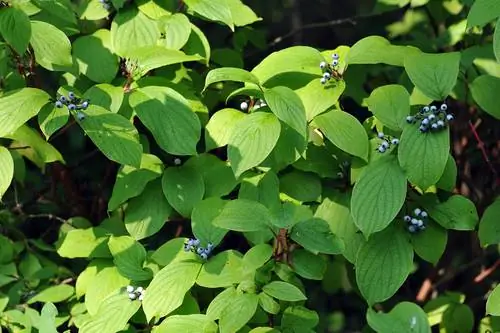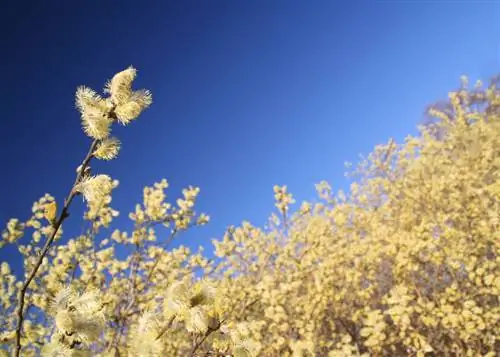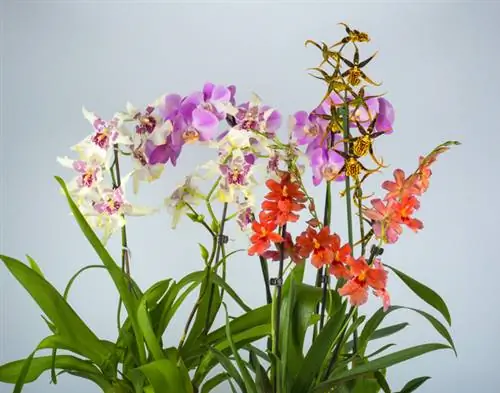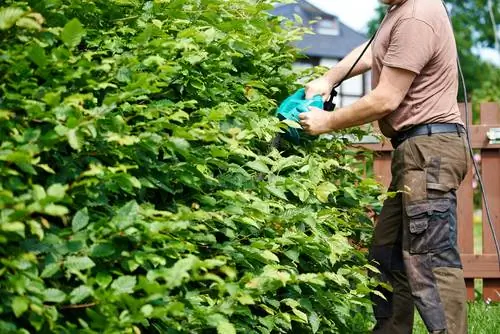- Author admin [email protected].
- Public 2023-12-16 16:46.
- Last modified 2025-01-23 11:21.
The buckthorn can be used in different ways, for example as a solitary plant and in Japanese gardens. Another interesting option is to plant the plant as a hedge. This article takes a closer look at the hedge variant.
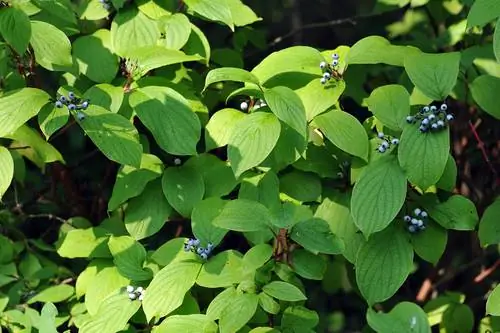
Can you use the buckthorn as a hedge?
The buckthorn is suitable as a hedge plant, but only offers privacy in summer because it is deciduous. It is easy to care for, grows with multiple stems and has a long flowering period, which makes it a valuable insect and bird food plant.
Is buckthorn suitable for hedges?
No. In any case, it is important to note that the buckthorn tree is summer green. This means that when planted as a hedge it does not provide privacy all year round. If you only need the latter in summer, the buckthorn is well suited as a hedge, especially since it is extremely easy to care for.
Another advantage of the buckthorn as a hedge plant: Due to its extremely long and intensive flowering period and the nectar-rich flowers, this plant makes a valuable contribution as a domestic insect and bird food plant.
Interesting facts about the buckthorn tree
If you plan to integrate a buckthorn tree or several specimens into a hedge, you should know the basic properties of the plant.
Growth of the buckthorn tree
The real buckthorn is summer green. It grows with multiple stems and branches. As a rule, the large shrub grows up to four, sometimes even up to six meters high. It only very rarely develops as a tree. In these exceptional cases it reaches heights of up to seven meters.
Planting a rotten tree
Plant the buckthorn in conventional garden soil. First mix the soil with compost. Before planting, you should water the buckthorn thoroughly - after planting, it is important to thoroughly muddy the root area. To protect the shrub from drying out, it is recommended to cover the root disc with some bark mulch.
Caring for the buckthorn tree
Once grown, the buckthorn is extremely robust and requires little care. A compost addition in the spring is a must; In addition, you should water the buckthorn tree when it is dry.
It also makes sense in spring to thin out the buckthorn and also carry out maintenance pruning. Remove dead and other disturbing branches. You can also cut out old, dark branches to rejuvenate the shrub.
Note: Stick to an oblique cut and start just above one eye. A frost-free but overcast day is optimal for cutting. If necessary, the buckthorn can also be placed on the stick.
Propagate rotten trees for the hedge
If you want your hedge to gradually consist of several buckthorn trees, propagation is definitely the cheapest option.
Practically, the buckthorn multiplies itself from the seeds of its fruits.
- Seeds from fallen fruits germinate in the immediate vicinity of the mother plant
- Fruit seeds are spread by birds
If you don't want to rely on it, you also have the option of producing young plants using sinkers:
- press young side branch onto the ground
- Scratch the contact point
- Attach the branch to the ground with a stone or peg
- Water the contact area with the soil regularly
- Branch is rooted the following year
- then separate the branch from the mother plant
Alternatively, propagation using cuttings is usually possible.

